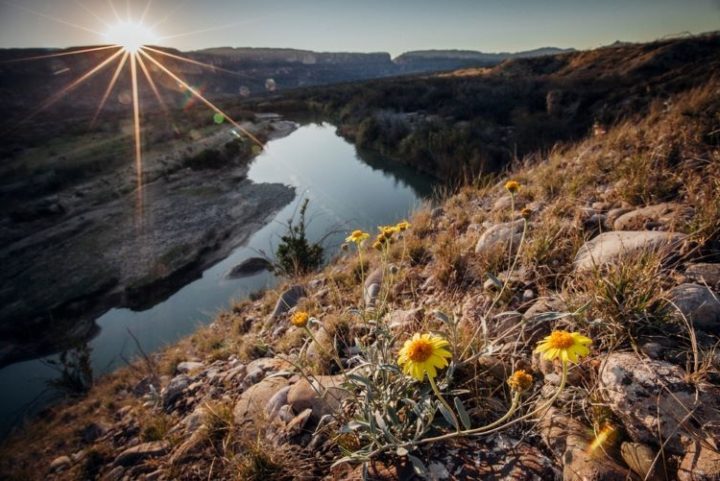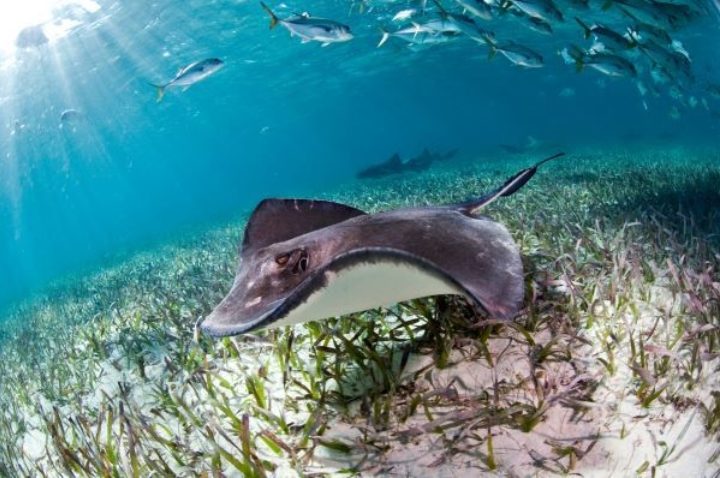2020: the natural year for climate action
Why 2020 is a big year for nature conservation and climate solutions
By Kathy Grenville
Share
Last updated:
2020 will be a crucial year for climate change and the environment.
It’s a time for important actions and decisions that will impact people everywhere for generations to come.
As part of addressing the climate emergency, it is critical that in addition to slashing fossil fuel use we take action to restore nature so it can keep providing us with essentials such as food, timber, water and clean air. Otherwise, we risk losing the life support system offered by our shared home.
Why nature deserves a place at the top of the climate agenda

Nature is of course important for its own sake. But it’s also crucial for tackling climate change.
In good condition, much of the natural world acts as a carbon sink, absorbing carbon dioxide from the atmosphere and storing it away.
Conversely, nature is under threat from climate change impacts, as the recent bushfires in Australia have shown dramatically.
If nature is degraded, by climate change or more direct human intrusion such as chopping down forests or draining peat bogs, it may stop absorbing carbon from the atmosphere and instead start emitting it.
The climate change agreement signed back in 2015 in Paris is a good example of important decisions being agreed on environmental issues. It is important, therefore, to build on those successes and allow nature the place it deserves at the top of the climate agenda.
Why is 2020 different from any other year?

Time is running out. We’re losing biodiversity – the precious web of life – which means we’re losing wildlife and nature. In my lifetime we’ve lost two-thirds of global wildlife populations, and carbon emissions have risen by 90%.
I call 2020 the ‘super year’ because for nature, and therefore for us humans, this is the year it could all change. International agreements have slowed the rate at which we’re losing nature and slowed the march of climate change. But not enough to stave off the twin crises.
What’s different is that for the first time this year, many in science, politics and civil society are seeing nature loss and climate change as two sides of the same coin and asking what do we need to do to tackle them together.

And there is now a lot of scientific evidence showing that they can and should be tackled together. For example, restoring an eroded peat bog will protect the plants and microbes living in it, and lock carbon back in the ground.
Nature-based solutions to climate change could possibly provide up to a third of the emissions reduction we need to halt global warming.
And the year offers big political set-pieces in both areas that could help join the dots even more closely.
We’re all now aware that the UN climate change convention (UNFCCC) summit takes place in Glasgow in November. Perhaps less known is the fact that a month before that, China will host a major summit of the UNFCCC’s sister convention, the Convention on Biological Diversity (CBD), where governments are due to agree a new plan to halt and reverse the natural world’s decline.
2020’s ‘Big Five’
We’ve identified five moments across the year that we call the ‘high five for nature’. Those moments are:
- Negotiations in the first half of the year at UN headquarters in New York on Biodiversity beyond national jurisdiction (BBNJ). This is jargon for life in the roughly 60% of the ocean that lies outside any nation’s territorial waters – the High Seas. Given the ocean’s role in absorbing carbon dioxide and heat, the health of this huge swathe of the planet’s surface is obviously of interest to us all. The bid this year is to agree a new treaty on governance of the High Seas early in the year – a pivotal moment to stop ocean degradation and help to protect and restore our ocean.
- In July, also in New York, governments will discuss what to do with the environmental targets contained in the Sustainable Development Goals (SDGs). Most of them will ‘mature’ in 2020. At the High-Level Political Forum (HLPF), governments are due to extend them meaningfully up until 2030, the overall deadline of the SDGs and recognise that achievement of the SDGs will depend on successfully restoring natural systems and addressing climate change.
- The 75th birthday of the United Nations, will be celebrated during the opening of the UN General Assembly (UNGA) in September 2020 in New York. World leaders will spend a day talking specifically about biodiversity, too – a prime opportunity for leaders to declare a Planetary Emergency to show why decisive action to restore nature is needed now.
- The CBD summit in Kunming, China, will see governments adopt goals and targets need to reverse the catastrophic loss of nature by 2030, and agree an implementation mechanism that ensures ambitious action on the ground.
- Finally we reach Glasgow in November, and – to give it its full title – the 26th Conference of Parties (COP-26) of the United Nations Framework Convention on Climate Change (UNFCCC). Here, governments will have the opportunity to enhance their national action plans – to cut speed up emission cuts and agree net zero plans to ensure that the goals of the Paris Agreement are achieved. Currently, country plans do not add up to keeping global warming below 1.5° which is necessary to avoid catastrophic change. Ambitious plans that also recognise the critical contributions from restoring natural systems and other nature-based solutions will also be on the agenda.
These global outcomes on nature, climate and people in 2020 jointly make up a New Deal for Nature and People, which aims to reverse the catastrophic trend of nature loss and global heating.
The year 2020 needs to be a year of action – a year where all countries and organisations from all areas of society respond to the level of action needed on the twin, interlinked crises of climate change and nature loss.
Share